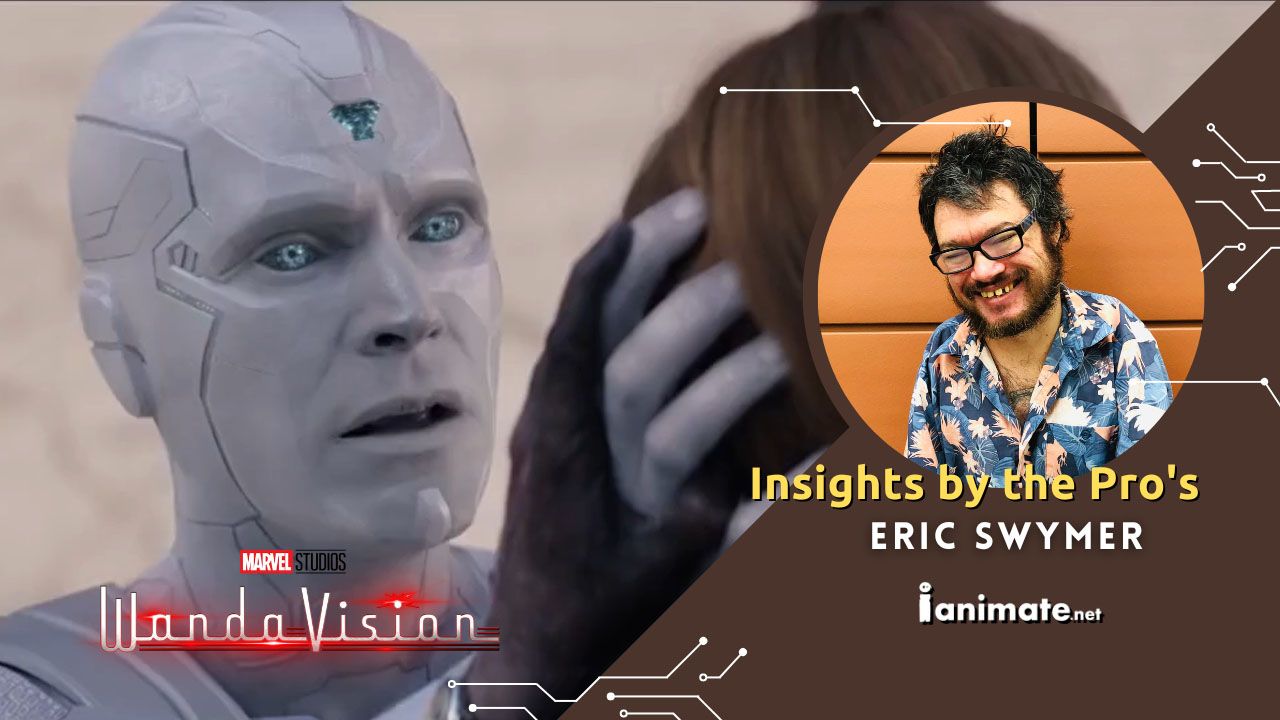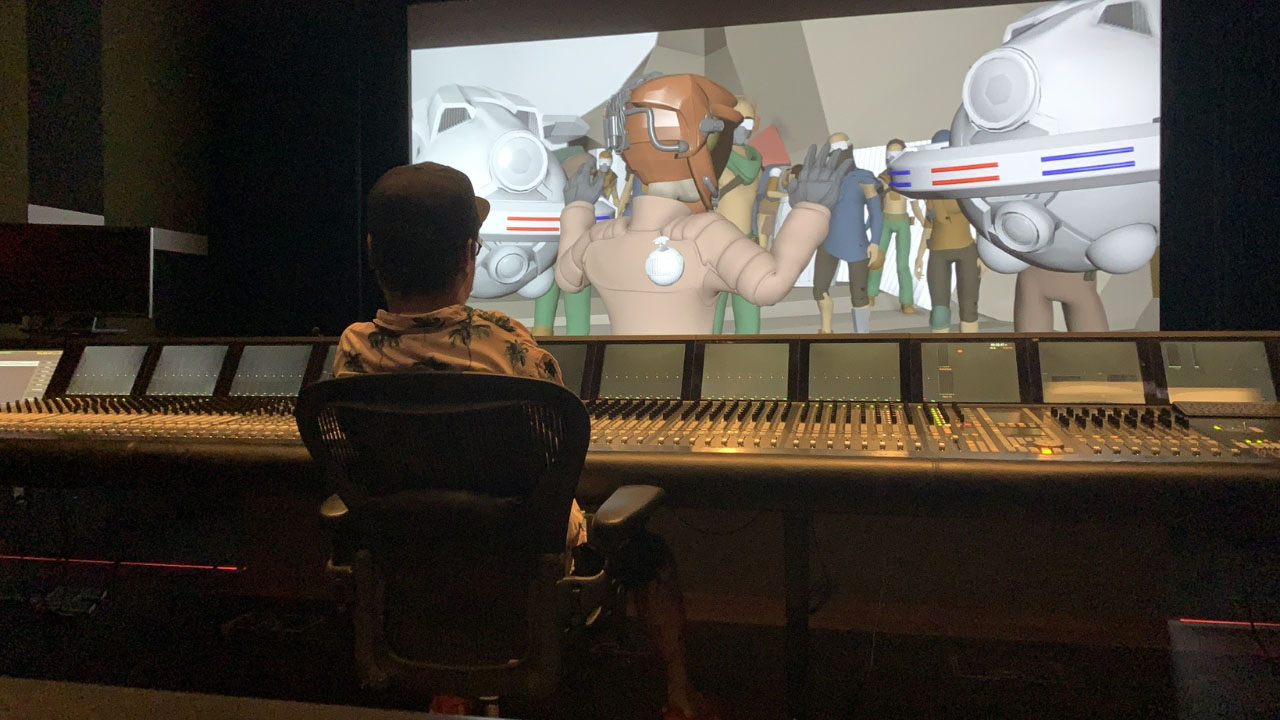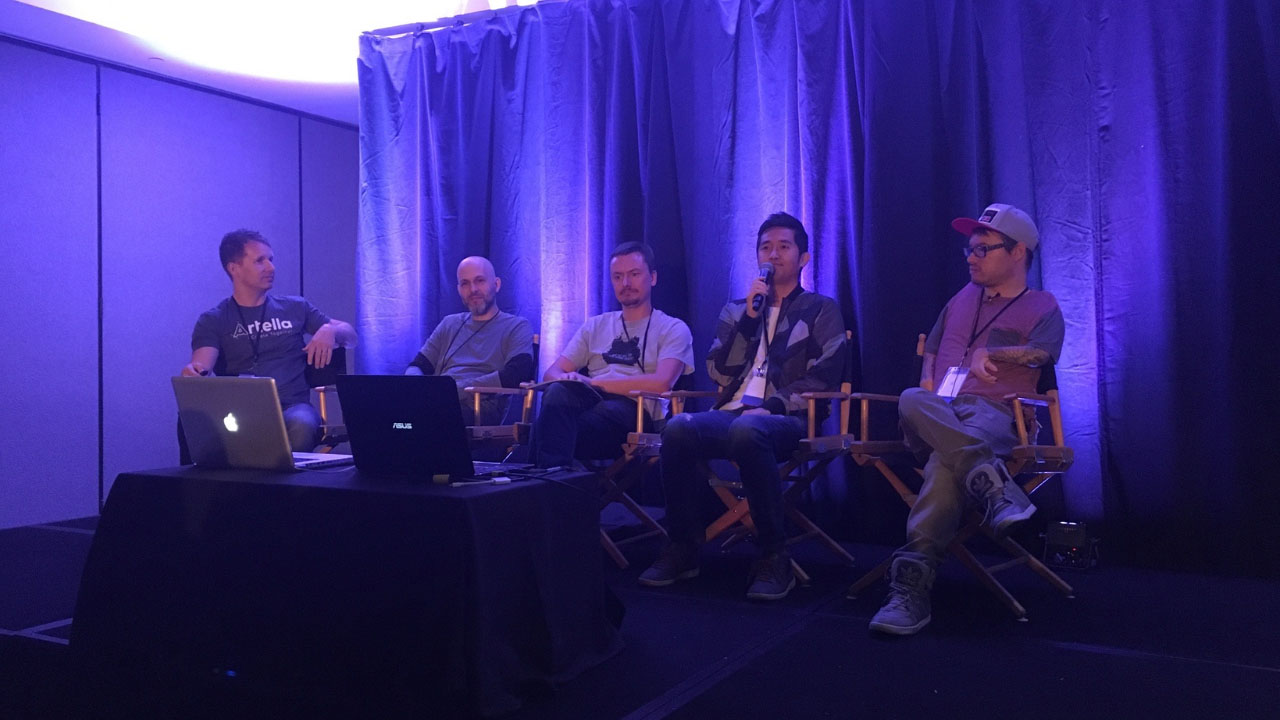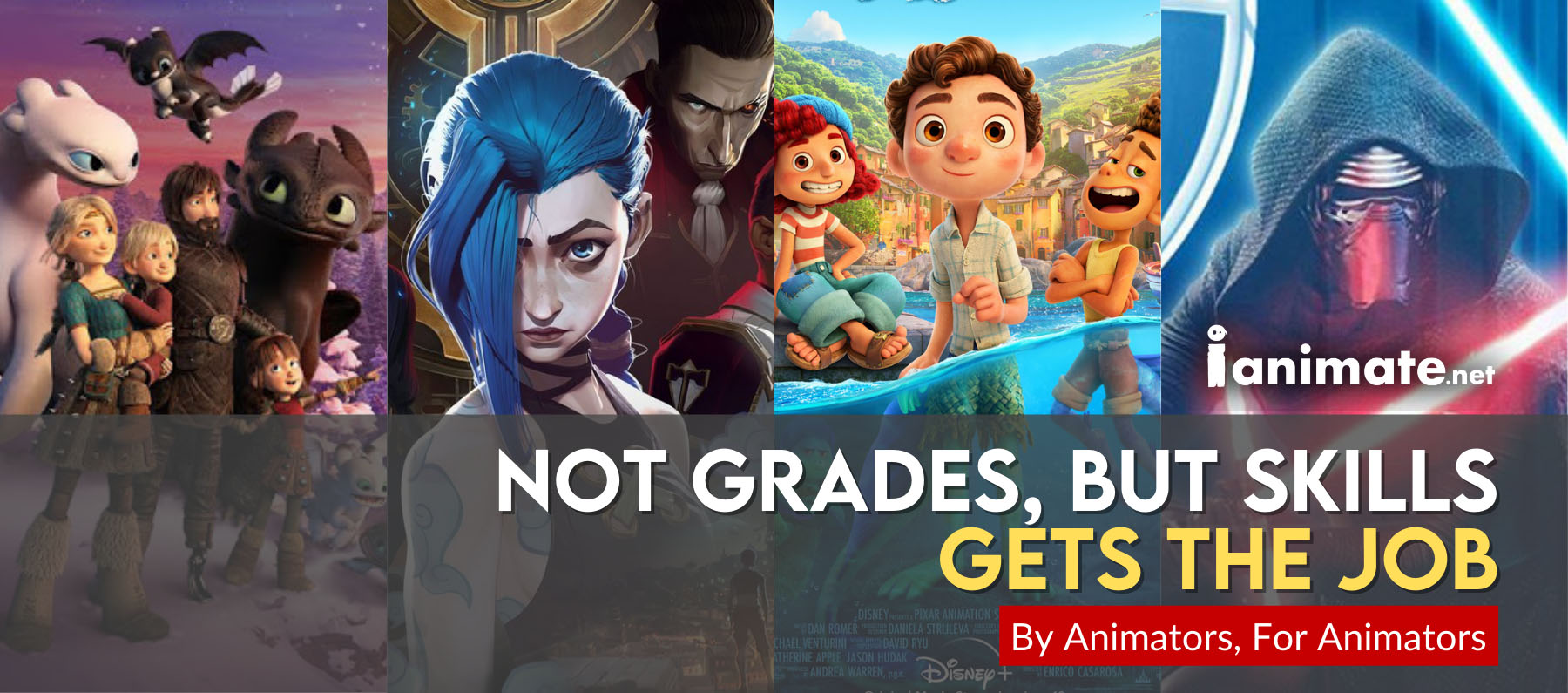Insights by the Pros with LAIKA Senior Previs Animator Eric Swymer
Senior Previs Animator and iAnimate Alumni Eric Swymer share his stories and inspirations and how he succeeded in his animation journey.
“Having the ability to talk with people in the studios about the realities of the work and grounding studios from a pedistool to a job helped a lot.“

Eric Swymer is a Senior Previs Animator at LAIKA. Eric's specializations are Character Animation, Layout, and he is a Previs Artist with experience in advertisements, TV, shorts, high-profile features, and game cinematics.
Alumni Interview
Animation Journey and Inspiration
iAnimate: Tell us a bit about your animation journey and throughout your time with us. Who or What inspired you to become an animator? How did you become an animator, and when did iAnimate become part of your journey?
Eric: Starting animating in 2007, Eric started a studio Keed with a friend he met at iAnimate (Chris Figat) with the intention of creating a short film to act as a proof of concept. He worked on some Marvel stuff and now he’s part of Laika’s first previs team. Eric worked on big hits with Marvel heroes including shots from Wanda Vision, and his recent works are She-Hulk and The Black Panther.
iAnimate: Walk us through a day in the life of an animator at your current work.
Eric: Day to day varies a good bit depending but usually after getting my coffee I’ll check for notes from camera dailies and I’ll prep for VFX dailies if I have anything to show. There is a good bit of working with other departments in this role whether it’s a meeting with the art department to figure out a set build or the puppet team or animation to answer some questions about performance. Some days I’ll meet with the DP to go over shots and get things ready to show the director. On other days I’m just working on sequences with the team and drinking a lot of coffee.
iAnimate: What kinds of projects are you working on and what’s your favorite part so far?
Eric: This is my first stop-motion film but coming from a live-action previs background I feel like it wasn’t such a huge jump. The biggest thing to get used to is the change in scale but the challenges of working across departments to figure out the best way to make the film is a lot of fun. When I’m not working on other people’s movies, I’m co-directing Pure at my studio Keed.
[Eric Swymer - At the studio]

Animation Lessons and Growth
iAnimate: How did iAnimate help prepare you for the industry? What were the most important things you learned at iAnimate?
Eric: Having the ability to talk with people in the studios about the realities of the work and grounding studios from a pedistool to a job helped a lot. Often times people have this idea that they need to get to a certain studio in order to be successful. Having access to people all throughout the industry from mentors to peers can quickly shift your priorities to work with people you enjoy spending time with on projects you are excited about regardless of studio.
iAnimate: What is the most challenging shot you’ve ever animated, and why did you succeed at the shot?
Eric: It was one of my first shots on this current film. I obviously can’t say much but it is about 700 frames and the camera and characters never stop. Making sure that we matched the intention of the boards with the reality of the space we had to shoot in and working across multiple departments to get it right was really intense.
[Eric's Current Reel]
iAnimate: Do you have any demo reel or interview advice you can share with animators on the job hunt?
Eric: Be yourself. At the end of the day, we were making cartoons, it's not that serious. Show yourself in your demo reel and what you are interested in doing. If you want to do more serious acting or action show that. When you are crafting your first reel you can do whatever you want so it's important to have fun with it and to also push yourself.
iAnimate: What other advice do you have for current or future iAnimate students?
Eric: Be honest with yourself about the things you need to work on and build your shots around addressing that. You can get caught up with "everything needs to be a reel shot" but keep things simple and clear. The assignments are designed to build fundamentals so make that your primary focus.
[Eric Swymer - CTN Interview]

Animation Career Advice & Tips
iAnimate: If there’s one animation tip or technique you’d share with someone wanting to animate in a feature film, what would it be?
Eric: It's easy to get excited about plug-ins and scripts but don't get lost in it. I don't really use a lot of plug-ins anymore and that won't work for everyone but that's what I've found is best for me. It's important to develop a practical workflow that you can take with you anywhere. Play around with different workflows to find what is best for you. Find a Maya layout that is ready for you to navigate. For the longest time, I didn't really know how to do this and as soon as I started customizing my layout I got so much faster. Now it's been set up so long that navigating Maya is muscle memory for me and it doesn't matter what studio I'm at I can hit the ground running.
iAnimate: Given that there’s so much to learn, how would you recommend a brand new animator start their training?
Eric: Animate a bouncing ball in a million different ways than a million more. When I started animating iAnimate wasn't a thing yet and I found my way to forums and was able to build up a community of peers from there where we would have a group chat on Skype and help each other and hold each other accountable. (Wow that sounds like a "back in my day" story) The only way I was able to keep going at that point was that there was always someone to show what I was working on. Most of us were beginners at that point but we were able to help each other still and that was key. It's fun looking back at that group and seeing where we all are now, a good bit of us made it in.
iAnimate: What makes a great animator or an animator a studio would hire?
Eric: Someone with passion and an original take. If the skill isn't 100% there that can be taught but passion and originality can't. Be adaptable, production can get crazy and things can change on a dime so being able to pivot without getting flustered is going to be a huge asset. Learn to take feedback. Notes aren't personal, we're all trying to make the best thing we can sometimes things can get stressful and feel personal but notes are just notes.
Want to learn what Disney, Pixar, and Blizzard do in their animations?

Be mentored by industry professionals from the leading studios in the industry. Start your animation career and get the dream animation job you want! Learn more about iAnimate and the Workshops that are made just for you.
